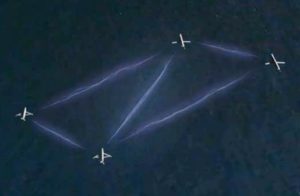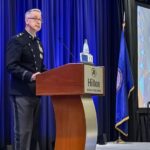
Congressional defense authorizers have proposed significant reductions to the Air Force Research Laboratory's (AFRL) Golden Horde program in fiscal 2021. The Air Force has three science and technology (S&T) Vanguard programs--Skyborg, Golden Horde, and Navigation Technology Satellite-3 (NTS-3). Skyborg is to integrate artificial intelligence into autonomous unmanned air vehicles to enable future manned-unmanned teaming, while Golden Horde is to demonstrate collaborative autonomous networked weapons that share data and collaborate to defeat targets. NTS-3 is to explore new GPS receivers that…














